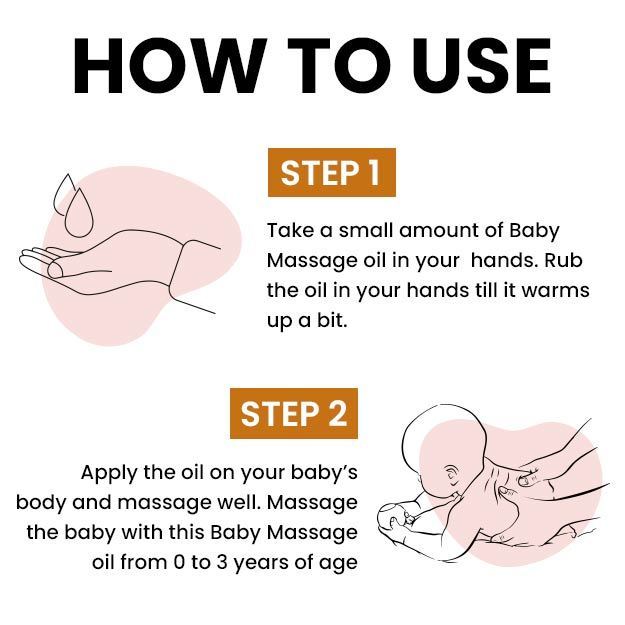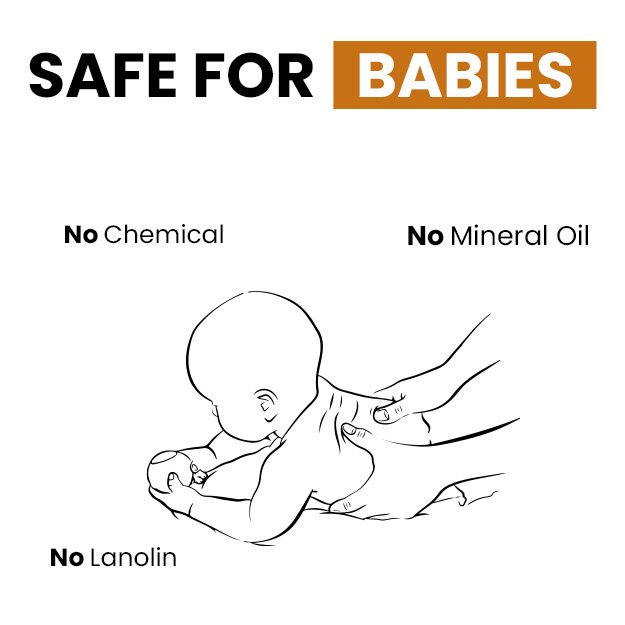Normal results:
Usually, most of the babies score between 7 to 10. This score means that your baby is in pink of his health and he needs no extra medical help than routine medical care.
Abnormal results:
A lower score (<7) does not imply that your newborn is unhealthy neither does it indicate a risk of health conditions later in life, it only signifies that he may need some immediate medical help either for better breathing or for any other health issue.
Here is a break down of Apgars by individual traits
Breathing effort:
-
A zero respiratory score means that the baby is not breathing at the time of birth
-
A respiratory score of 1 is given in case of irregular breathing
-
A two on breathing efforts indicates good respiratory function and is generally given if the baby cries well after the birth
Heart rate:
0 - for an inaudible or absent heartbeat
1 - for a rate of 100 beats per minute
2 - if the heart rate is more than 100 per minute
Skin Color:
A score of 0 is given if the infant is blue or pale blue at birth
A score of 1 is given if his extremities are blue but the rest of the body is pink.
A score of 2 indicates that the newborn has a normal or pink skin colour.
Muscle tone:
0 - Indicates floppy muscles
1 - Some muscle motion
2 - Active motion
Reflexes:
0 indicates an unresponsive baby
1 indicates that grimace during stimulation
2 indicates that the grimacing was accompanied by sneezing, loud cries or cough
It is common for premature babies, babies born through c-section or high-risk pregnancy babies to score below than the average in the 1-minute check-up.
If the score doesn't improve in the 5 minutes check-up, doctors keep the baby under close observation so the required medical care can be given to improve his health.
Babies with low Apgar scores are usually given breathing support or physical stimulation for normalising their heart rates and then evaluated for all the parameters.























